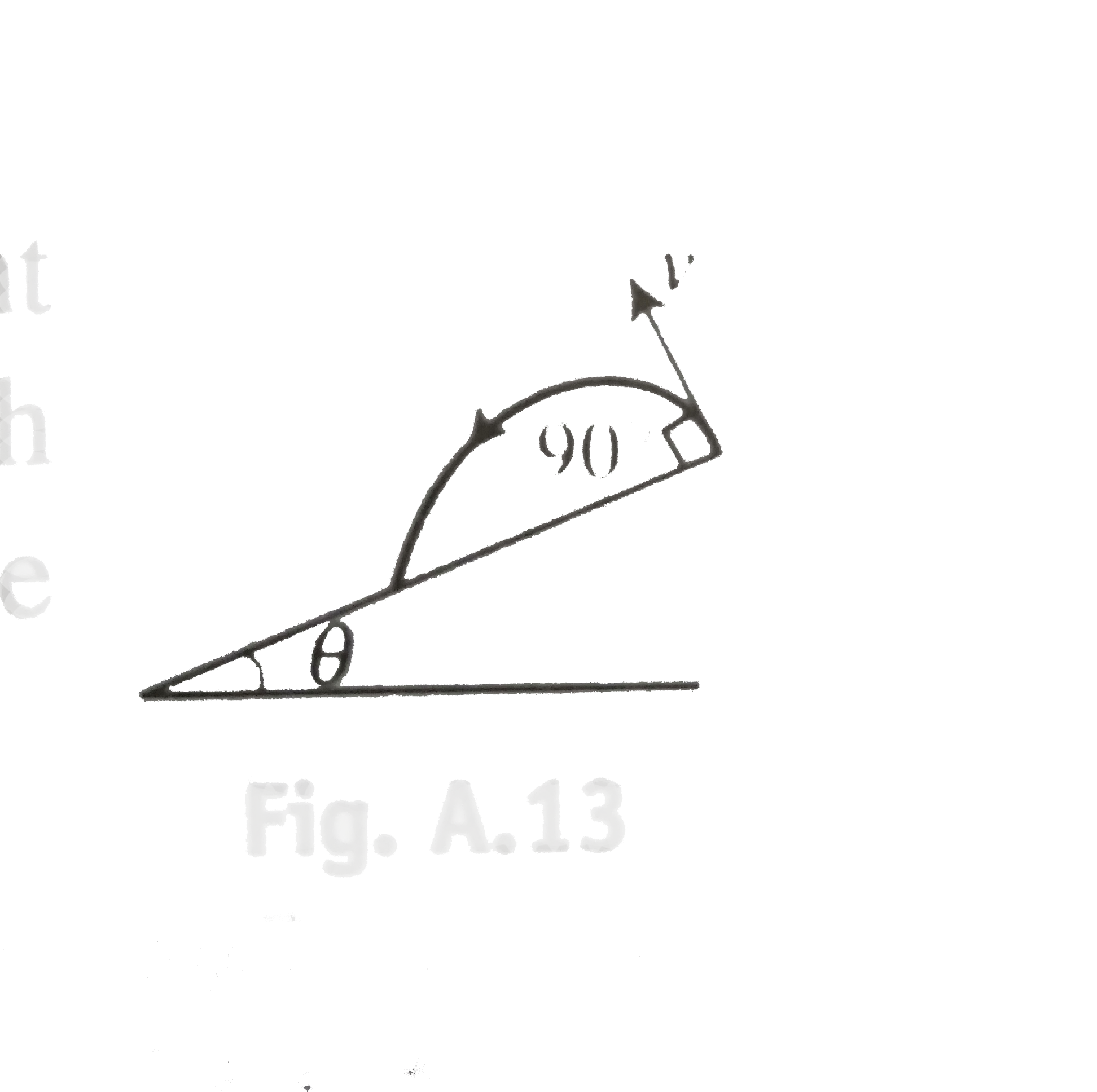A projectile is thrown with speed u into air from a point on the horizontal ground at an angle θ with horizontal. If the air exerts a constant horizontal resistive force on the projectile then select correct alternative(s).
At the farthest point, the velocity is horizontal.
The time for ascent equals the time for descent.
The path of the projectile may be parabolic.
The path of the projectile may be a straight line.
The correct Answer is:B, C, D
Step by step video, text & image solution for A projectile is thrown with speed u into air from a point on the horizontal ground at an angle theta with horizontal. If the air exerts a constant horizontal resistive force on the projectile then select correct alternative(s). by Physics experts to help you in doubts & scoring excellent marks in Class 12 exams.
Updated on:21/07/2023Topper's Solved these Questions
Similar Questions
Knowledge Check
A projectile is hurled into air from a point on the horizontal ground at an angle with the vertical. If the air exerts a constat resistve force,
Athe path of projectile will be parabolec pathBthe time of ascent will be ewual to time of decentCthe total energy of the projectile is not conservedDat the highest point, the velocity of projectile is horizontalA particle is fired from a point on the ground with speed u making an angle θ with the horizontal.Then
Athe radius of curvature of the projectile at the highest point is u2cos2θgBthe radius of curvature of the projectile at the highest point is u2sin2θgCat the point of projection magnitude of tangential acceleration is gsinθDat the point of projection magnitude of tangential acceleration is gcosθA particle is thrown with a speed u at an angle θ with the horizontal. When the particle makes an angle ϕ with the horizontal. Its speed changes to v :
Av=ucosθBv=ucosθ.cosϕCv=ucosθ.secϕDv=usecθ.cosϕ
A projectile is projected with velocity u making angle θ with horizontal direction, find : horizontal range.
View SolutionA projectile is fired with a speed u at an angle θ with the horizontal. Find its speed when its direcrtion of motion makes an angle α with the horizontal.
View SolutionA particle is thrown with the speed u at an angle α with the horizontal. When the particle makes an angle β the horizontal , its speed will be
View SolutionA projectile is fired with a velocity v at right angle to the slope inclined at an angle θ with the horizontal. The range of the projectile along the inclined plane is

View SolutionTwo projectiles A and B are thrown with the same speed such that A makes angle θ with the horizontal and B makes angle θ with the vertical, then -
View Solution


